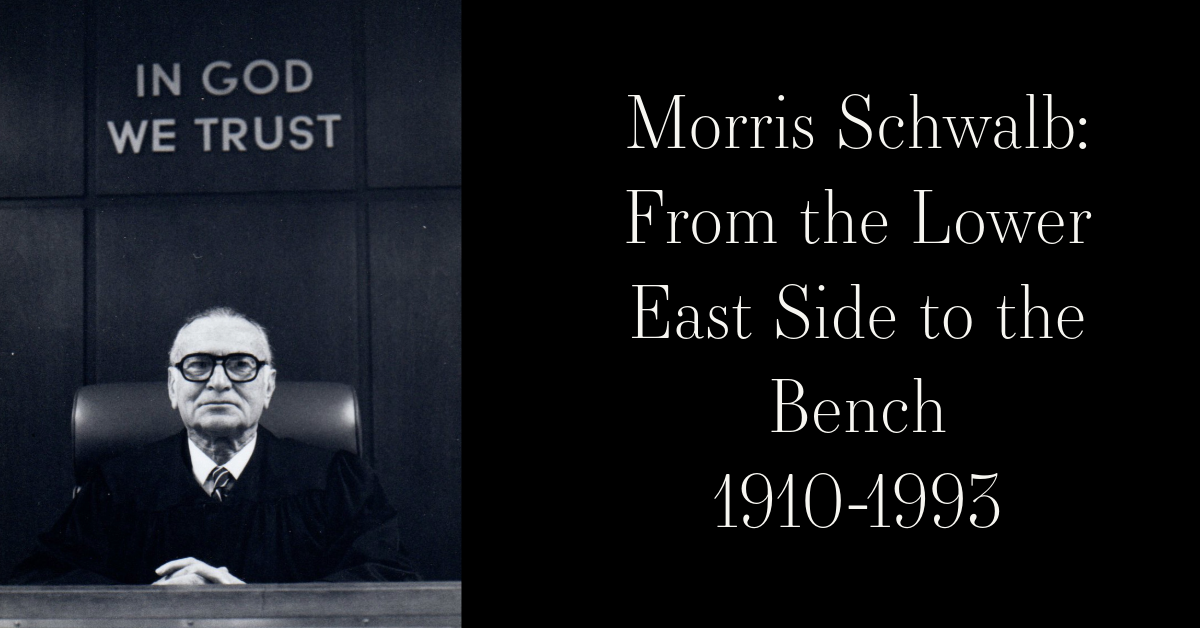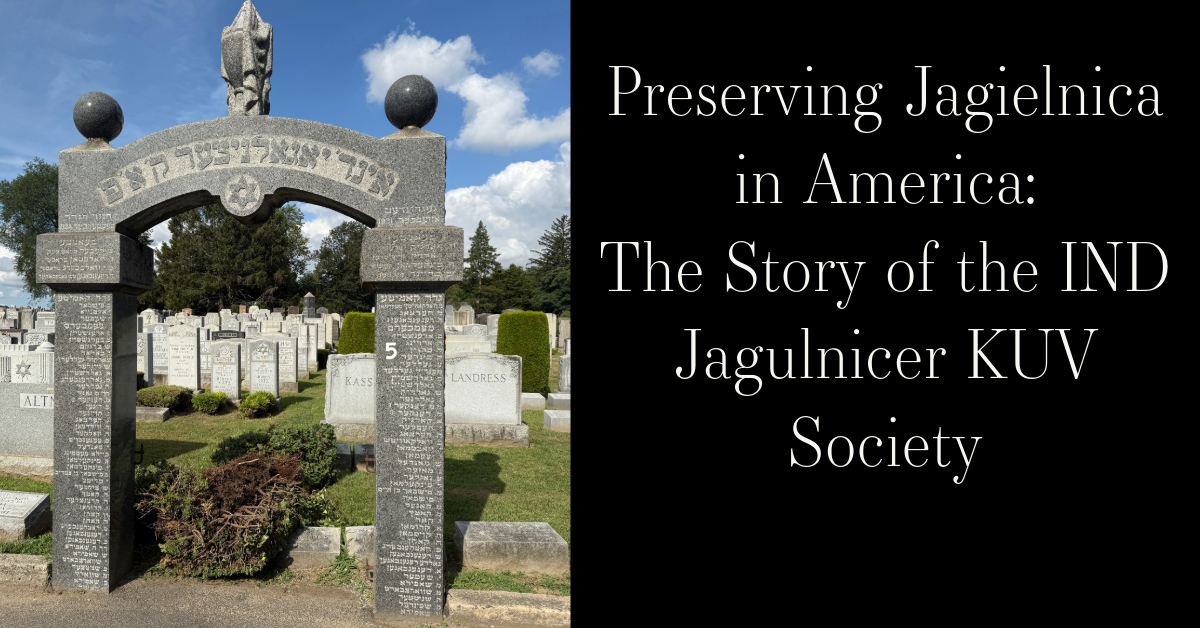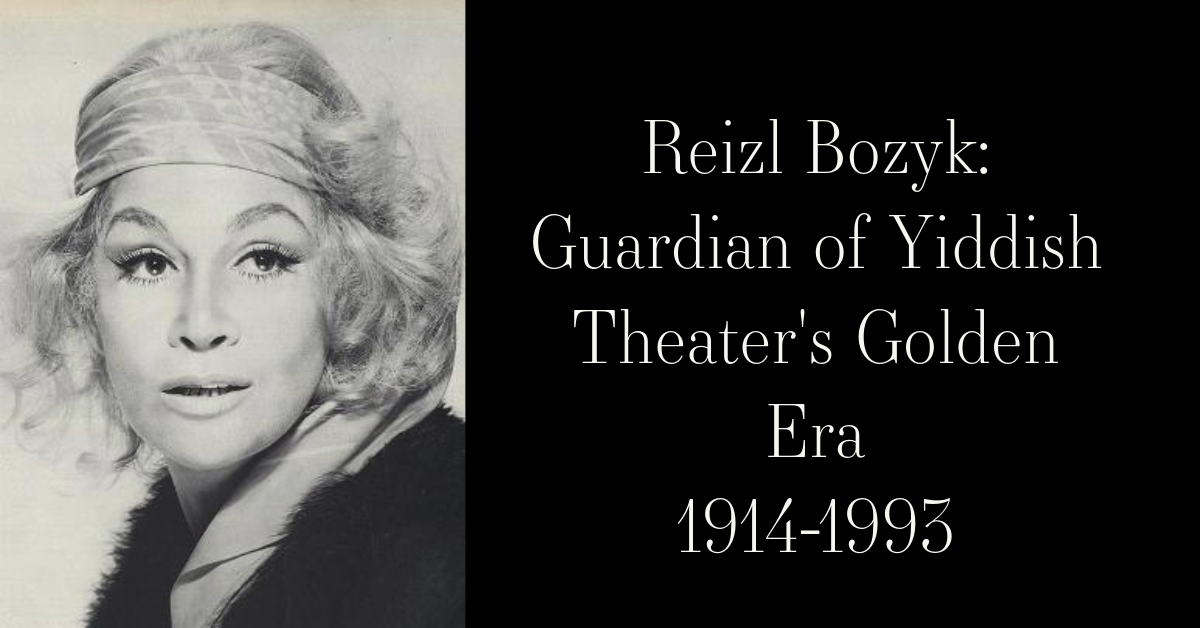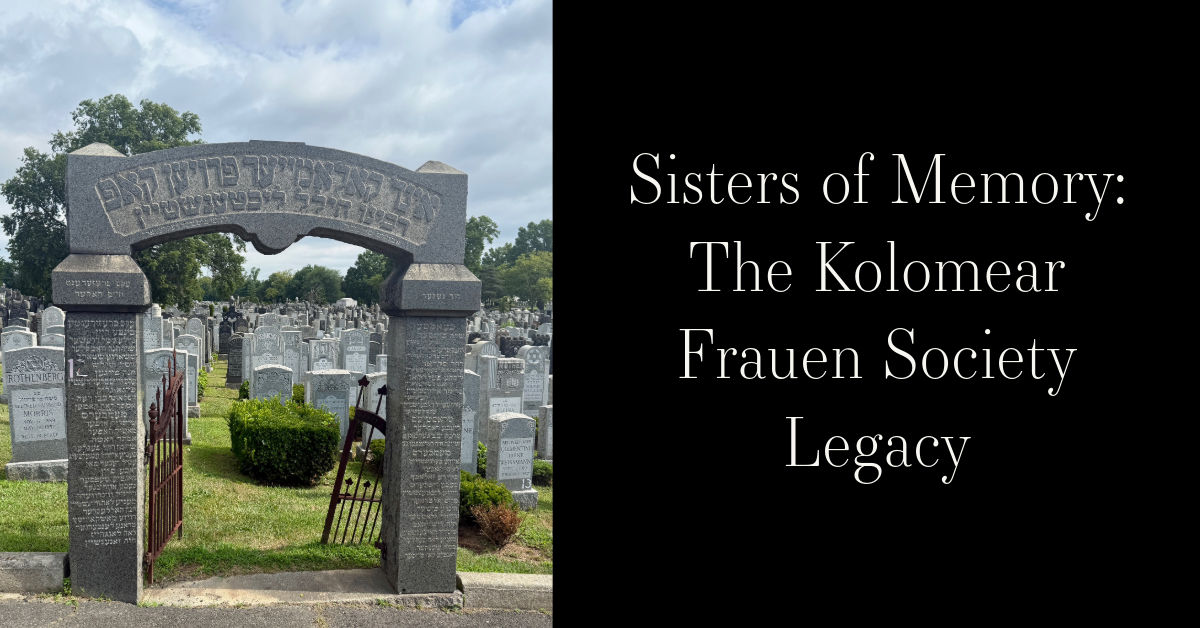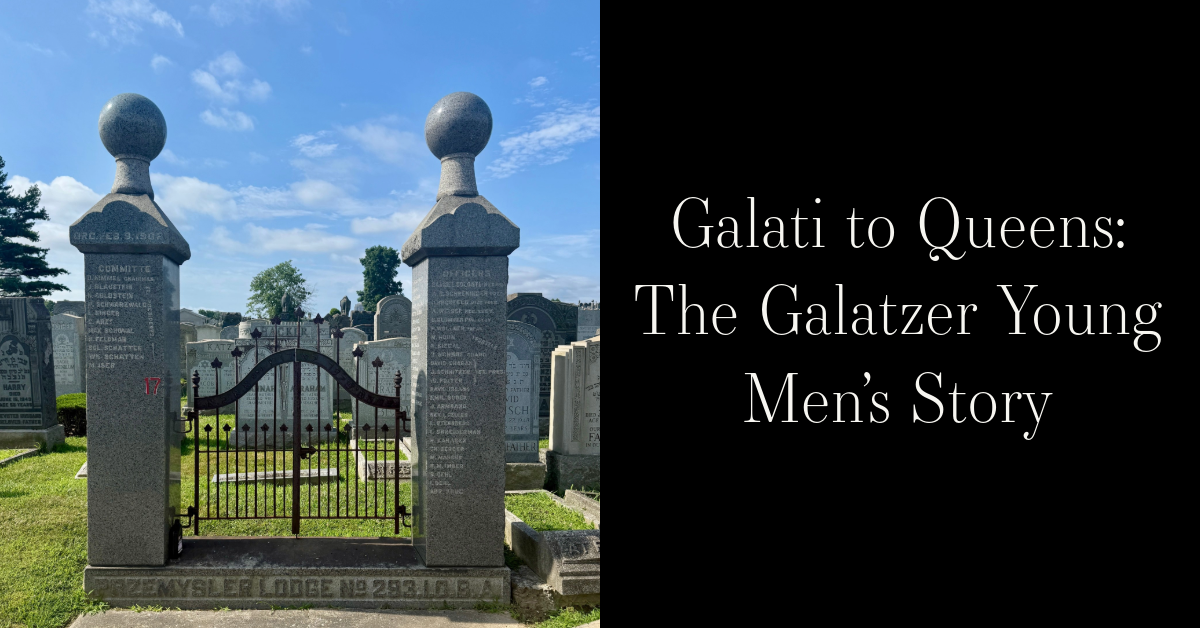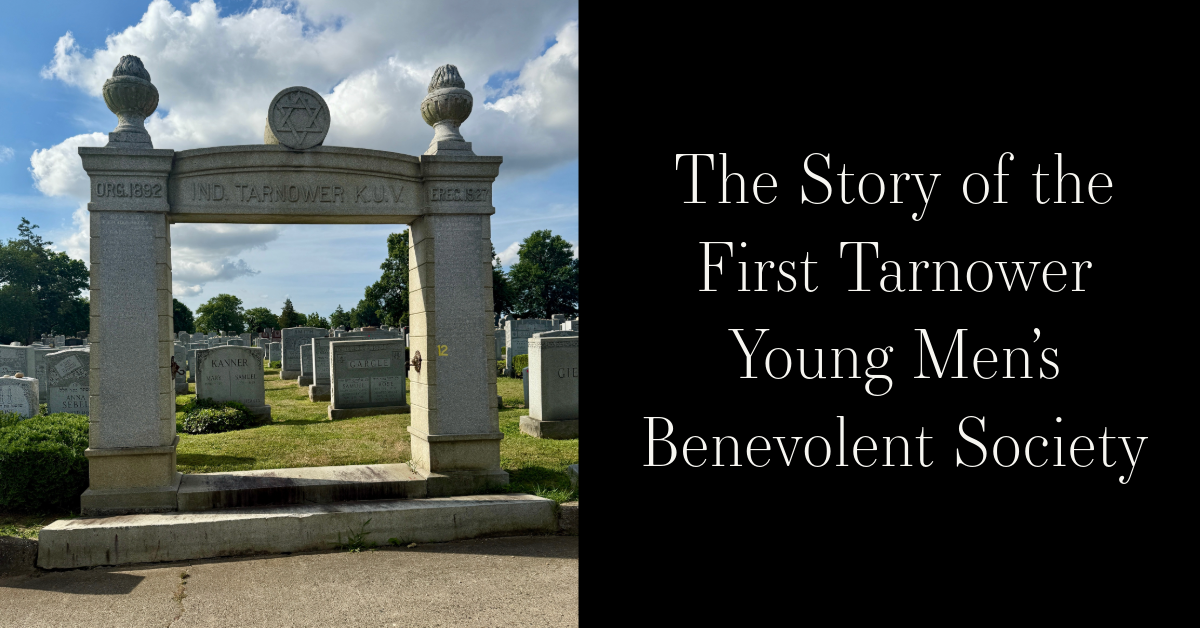Story Summary:
The Lomzer Young Men's Benevolent Association was founded in New York in 1898 by immigrants from Lomza, Poland. The society was created as a means to aid landslayts. In 1937, the society joined with four other Lomzer organizations, and together, formed the United Lomzer Relief Committee to aid the inhabitants of Lomza. The society also sponsored loan funds that went towards aiding the poor. Jewish presence in Lomza dates to the 14th century, however due to a "non de tolerandis Judaeis", the Jews of Lomza were only able to begin establishing themselves as a community by the 19th century. They flourished in the trade and artisan professions and created a number of industrial societies. The Jewish community of Lomza equally took part in politics, supporting the Zionist Movement, and creating political organizations to endorse Jewish activism. The community also maintained a number of cultural organizations and institutions such as libraries and theater groups.
Lomzer Young Men's Benevolent Association
The Lomzer Young Men’s Benevolent Association was founded in New York in 1898 by immigrants from Lomza, Poland. The society was created as a means to aid landslayts. In 1937, the society joined with four other Lomzer organizations, and together, formed the United Lomzer Relief Committee to aid the inhabitants of Lomza. The society also sponsored loan funds that went towards aiding the poor.
Initial Jewish presence in Lomza dates to the early 14th century, however, due to a “non de tolerandis Judaeis” (non-tolerance of Jews), the Jewish community of Lomza was not able to fully establish themselves until the 19th century. When expelled, the Jews relocated to neighboring villages such as Piątnica and Rybaki. In 1808, there were only 157 Jews in Lomza, however this number grew, with 948 Jews in 1827, and 2,608 in 1857. The 19th century marked a period of growing industrialization and the trading of goods such as salt, fish, iron, leather, and glass. The Jews of Lomza made their living primarily through trades, or as artisans (tailors, shoemakers, bakers, butchers, and tinsmiths). A number of industrial societies were formed as well, one example being the General Jewish Labor Bund. The aim of this society was to bring about revolutionary changes in the social relations and autonomy of the Jewish people.
During the 20th century, many Jews of Lomza became politically involved in the Zionist movement. Many Jewish activists from the Bund were arrested for their involvement in the efforts of the 1905 Russian revolution. Generally speaking, there was an influx of Jewish activism in the Orthodox and Zionist factions of Lomza. There were also many political youth groups that were created, such as the Dorshe Tsiyon vi-Yerushalayim (Seekers of Zion and Jerusalem), and the Benot Tsiyon (Daughters of Zion). Additionally, the Zionist Youth Organization was established in 1909.
Amid this political activism, the Jewish community of Lomza culturally flourished. For example, the community established the H. Medem Library and the Hatchiyah Library. Additionally, a Jewish Yiddish newspaper was created, called the “Lomzher Shtime”. The Jews of Lomza also established many amateur theater groups and had theater troops visit to stage plays. The Talmud Torah, a religious school for the youth, was created alongside the Lomza Yeshiva. Yehudiyah, a Jewish girl’s school was later established. In 1909, an Alliance Israelite Universelle Vocational School was created.
In June of 1941, Germans entered the town of Lomza. A judenrat was established in July and by August about 10,000 Jews were relocated to the Lomza ghetto. By the end of September of the same year, approximately 3,800 Jews had been killed. In November of 1942 the ghetto was liquidated and the remaining Jews were transported to the Zambrow camp. When the Zambrow camp was liquidated in January of 1943, they were then sent to Auschwitz.
https://sztetl.org.pl/en/towns/l/680-lomza/99-history/137628-history-of-community
https://sztetl.org.pl/en/towns/l/680-lomza/96-local-history/67215-local-history
https://yivoencyclopedia.org/article.aspx/%C5%81omza#:~:text=By%20the%20fourteenth%20century%2C%20Jews,in%20suburbs%20and%20villages%20nearby.
~Blog by Olivia Scanlon















